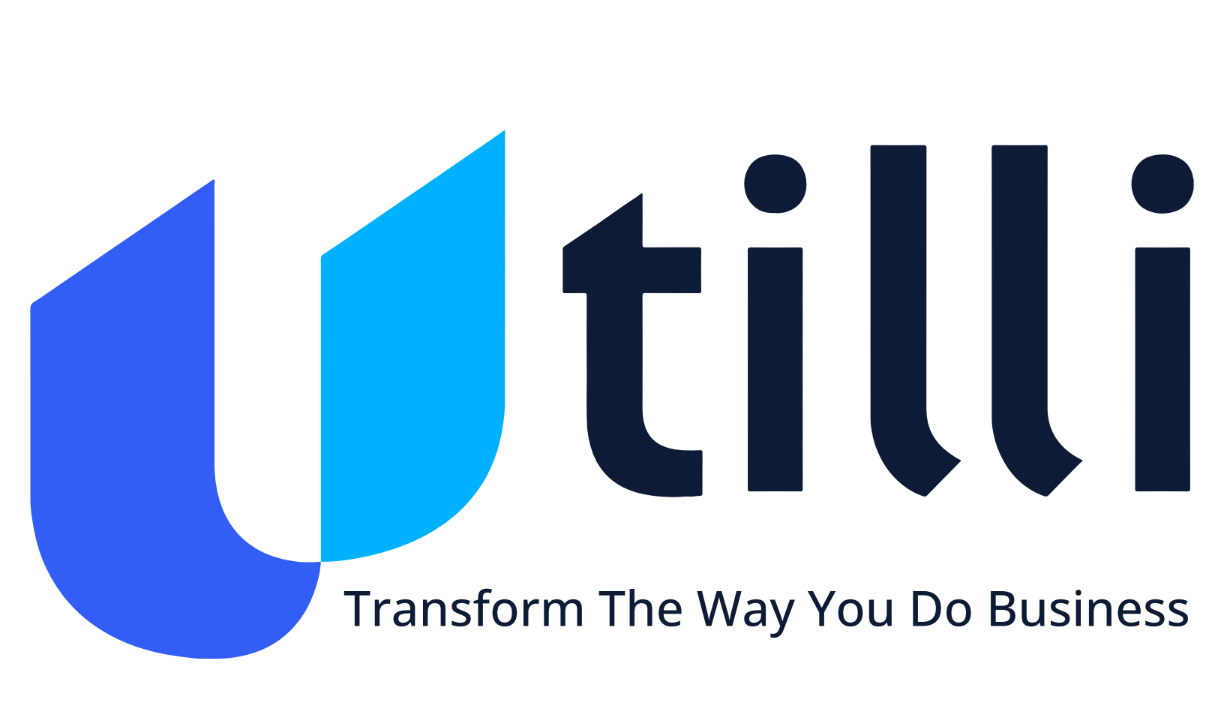Utility companies are in an exciting position right now.
They are responsible for providing the same infrastructure we use to get around, keep our food cold, and our families safe. But they’re also faced with a lot of change — and competition — in an industry that has been traditionally slow to innovate.
With more competitors making their way into the utility market, these companies need to address the digitalization of their business model.
Some have already invested in smart grids, smart metering, and local energy balancing. But they urgently need an integrated, cloud-based system that can help them manage all of these changes to continue delivering consistent and reliable service to customers.
As more and more people join the “smart grid” movement, utility companies find themselves in a tough spot: on the one hand, they want to offer customers options for self-monitoring and billing of their electricity use, but on the other hand, this means that they have to be ready to process vast amounts of data.
For example, what happens when your smart meter sends you a text at 3 a.m. saying it’s time to turn off the heat? Do you really want to get up, fiddle with buttons in the dark, and make sure that everything is ready for when you wake up? Or will you ignore the message because it’s just too much trouble?
For utility companies to take advantage of advances in technology like smart grids, smart metering, and local energy balancing, they need to ensure that they can process all of this data effectively. The best way to do that is by using an intelligent system that can handle all types of information quickly and efficiently — not just one kind of data.
In addition to digitalization, we have the issue of decentralization.
In the past, utilities billed their customers using a simple model: energy consumed. However, this paradigm is shifting as distributed energy resources (DER) – including rooftop solar systems, battery storage, and electric vehicle chargers – become more widespread. DERs are now owned by prosumers, who expect their utility bill to reflect both the power they use and the power they generate. Now, billing must evolve from merely a means of collection to the point of interaction and customer communication.
So, what does this mean for utilities? It means we must redefine the billing process to include a two-way exchange of information between utilities and their customers. And it means that billing must be seen as an opportunity for engagement with customers throughout all stages of the customer lifecycle – providing a single source of truth around energy consumption, costs, and savings opportunities.
If you think about it, utility bills have been used as an opportunity to engage with customers in only one way: they’re used to collect money from them. But now, there’s so much more that we can do with billing, including informing your customers about new services or products you offer, notifying them of outages or emergencies, providing advice on savings, and more.
The Way Forward
Utilities are facing increased pressure from customers and regulators to modernize their infrastructure, as well as to provide services that are more reliable, affordable, and cleaner than ever before. When it comes to providing a modern billing experience for your customers, you need to work with a partner that can help you do more than just generate bills.
You should work with a partner who can help you transform your billing practice into a way of interacting with your customers and communicating with them about the power they use, while also giving them the tools they need to make decisions and take action.
Tilli offers this experience and more. Get in touch with us today to explore solutions.
Product
Nudge
tilliX
tilliPay
Industries
Utilities
Banking & Finance
Telecommunications
And more...
Company
About Us
Careers
Services
Resources
Case Studies
Blog
Support
Request a Demo
Start Free Trial
Contact
Developers
tilliPay
Documentation
API Reference
Nudge
Documentation
API Reference

Follow Us On Social:

Product
Nudge
tilliX
tilliPay
INDUSTRIES
Utilities
Banking & Finance
Telecommunications
And more...
Company
Services
Resources
Case Studies
Articles
Support
Request a Demo
Start Free Trial
Contact
Developers
tillipay
Documentation
API Reference
Nudge
Documentation
API Reference
Follow Us On Social



 Shabbir Gilani
Shabbir Gilani
 Shahid Husain
Shahid Husain Raja Gopal Vemuri
Raja Gopal Vemuri Ali Saberi
Ali Saberi